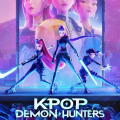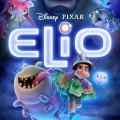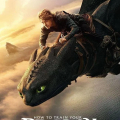Reimagining the Superhero Landscape: Navigating MCU Fatigue and the Path to Revival
Jan-07-2025
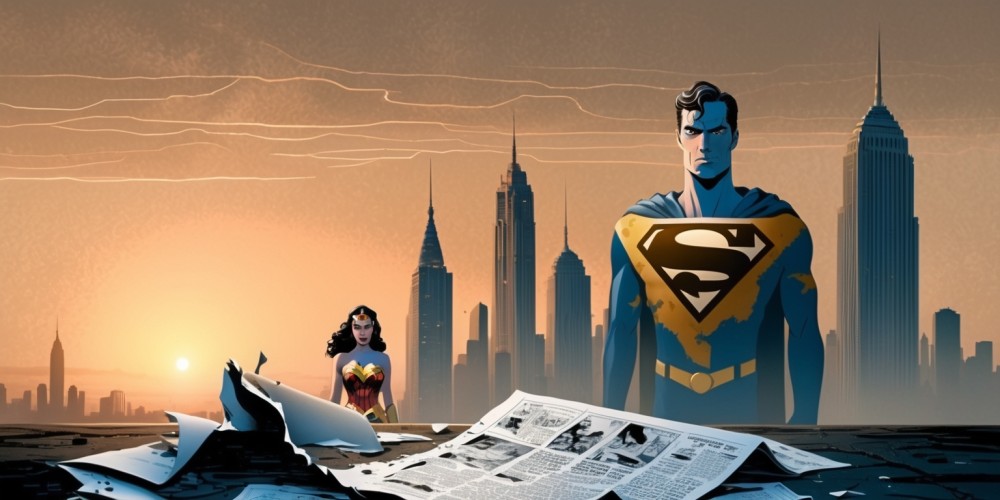
The superhero genre has seen unprecedented growth since the launch of the Marvel Cinematic Universe (MCU)) in 2008, but as enthusiasm peaks, it teeters on the brink of exhaustion. A decade and a half ago, director Zack Snyder foresaw this very phenomenon: a saturated market that would inevitably lead to what many now refer to as superhero fatigue. His warnings have transformed from speculative thoughts into reality, raising compelling inquiries regarding the trajectory of the MCU and the future of superheroes in cinema. In this article, we will explore Snyder's foresight and the current state of the MCU, dissecting the various elements contributing to this phenomenon and contemplating potential pathways to revitalization in the face of overwhelming content.
Unearthing the Original Prediction
Back in 2008, Zack Snyder was promoting his adaptation of “Watchmen” when he articulated concerns about a superhero genre that seemed to be expanding at an unsurmountable pace. In retrospect, these fears were not merely speculative; they showcased an acute understanding of audience psychology and media saturation. Snyder perceived that the superhero landscape was evolving rapidly, hinting at impending challenges that the MCU would ultimately confront.
Content Overload: The Rise of MCU
Snyder’s insights became increasingly important as the MCU grew from a singular vision into a sprawling empire featuring multiple interconnected films and television series. With each new entry, the studios pumped out superhero content at a relentless pace, saturating an audience eager for stories but, unbeknownst to them, approaching their tipping point.
The Concept of “Superhero Fatigue” Explained
Superhero fatigue refers to the decreasing enthusiasm among audiences caused by the overabundance of superhero-themed content. As the MCU continuously produces new shows and films, many fans begin to feel overwhelmed, resulting in a drop in their involvement with the genre altogether. This phenomenon contributes to a feeling that even the most beloved heroes have overstayed their welcome.
Early Signs of Saturation
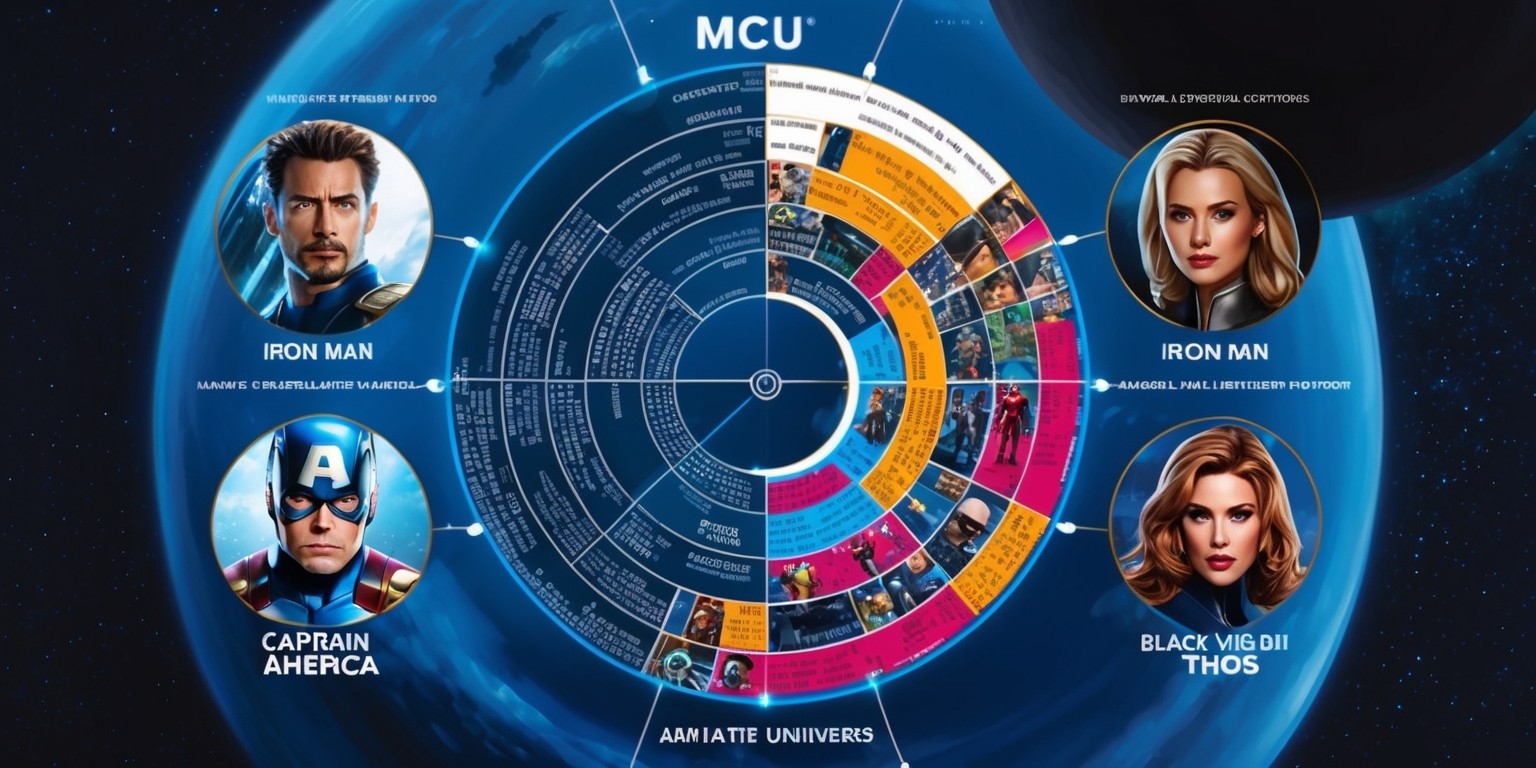
Even before Snyder's prediction emerged as a reality, early signs of saturation were evident. While blockbuster releases thrilled audiences, smaller films struggled to make a mark. This disconnect raised eyebrows, prompting the question: Could superhero films maintain their momentum indefinitely?
The Audience’s Response: A Shift in Interest
Audience sentiment plays a crucial role in any genre's sustainability. With Marvel's vast catalog available on Disney+, the barriers to accessing superhero content have lowered. Yet, as theater attendance dwindles, many potential viewers are left questioning whether they should invest time and money into yet another MCU entry, leading to a transformation in viewer behavior.
The Pandemic's Effect on the Film Industry
The pandemic introduced an entirely new dynamic into the equation. Theater closures and apprehensive audiences led to significant declines in ticket sales, amplifying the notion of superhero fatigue. With the allure of blockbuster experiences diminished, the allure of superhero stories waned alongside it.
Successes Amid the Struggles
Despite the challenges, Marvel’s streaming shows garnered attention, paradoxically affirming the genre’s continuous viability. While some titles struggled to reach the same heights as their cinematic counterparts, others succeeded, showcasing that there was still an appetite for quality storytelling within the superhero realm.
Fan Expectations and New Directions
As Marvel published new projects, fans eagerly anticipated fresh narratives and compelling characters. However, as the cinematic universe expanded, expectations soared to unprecedented levels, placing immense pressure on creators to deliver innovative content that excites audiences rather than merely fills the void.
Redefining the Formula for Success
Redefining the approach to storytelling and character development will be paramount for the MCU moving forward. Audiences crave unique storylines and rich character arcs that transcend traditional superhero tropes. Employing innovative storytelling techniques and exploring new narrative styles may reignite excitement among viewers.
Marvel Spotlight: A Fresh Approach
In response to the saturation of known narratives, Marvel introduced Marvel Spotlight, a series designed to engage audiences without prior exposure to vast works of the MCU. This initiative demonstrates an understanding of audience fatigue while embracing a fresh take on storytelling.
Anticipating the Future: What Lies Ahead?
As we consider the state of the MCU, speculation surrounds the potential for revitalization. The proposed projects for 2025 spark hope among fans who yearn for impactful narratives and celebrate the characters they adore. The question remains: will these projects sufficiently address existing fatigue? Only time will reveal the outcome.
Exploring Innovative Storytelling Techniques
Innovative storytelling can bridge the gap between audience engagement and superhero fatigue. Experimenting with new narrative structures or integrating genres outside the superhero rubric may intrigue audiences seeking a break from the well-tread paths of traditional superhero films. Collaboration with creative minds from various entertainment sectors could introduce fresh perspectives that captivate viewers anew.
Audience Participation in the Evolution of the Genre
Engaging with audiences and involving them in discussions surrounding superhero-themed content can promote a sense of community. Collecting feedback and exploring audience sentiments toward the superhero genre can help inform future decisions and strategies for Marvel and other studios operating in this space.
Can the Superhero Genre Remain Relevant?
The superhero genre’s longevity will depend on its ability to adapt to audience preferences and changing cultural landscapes. Those invested in the future of the MCU must acknowledge the challenges they face while holding onto the belief that meaningful storytelling can prevail even in a saturated market.
In Conclusion: A Path Forward
As Zack Snyder’s initial cautionary insights continue to resonate, the superhero genre stands at a crossroads. Understanding the dynamics of audience fatigue and exploring innovative storytelling techniques may illuminate a path towards renewal. The journey will ultimately rely on the ability of creators to produce fresh, engaging content that invites audiences back into the fold. Whether the MCU can rise from the ashes of saturation remains an open question, but the potential for revitalization is undoubtedly within reach.

